As the new home of Folio Nigeria, a subsidiary of Folio Media, Open Country Mag is republishing culture stories that first appeared on the site under its CNN affiliation. “The Women Weavers of Akwete” was first published in 2020.
After she turned seven, and her arms were long enough, Grace Anelechi Okere began to weave. She had spent all the years of her life close to her grandmother’s upright loom, watching the aging woman, one of the most skilled weavers in Akwete and all of the Ndoki clan and Ukwa East Local Government Area of Abia State, spin the vibrantly coloured, famously alluring textile named after their town, until one day, her grandmother turned to her and said, “You have learned enough, now you can try.”
By her early teenage years, she had become a professional weaver in her grandmother’s business, entrusted with the enormous responsibility of delivering clothes for customers, laying into the fabric whichever design they wished. Now 63, she is a respected craft leader in a community of masterful women weavers. “It is a gift of grace from God to Akwete,” she tells me on the phone. “Nobody taught us.”
Every woman born in Akwete has had a similar trajectory as her: brought close to the loom as a toddler and taught the weaving art by the age of seven, when their horizontal reach could cover a narrow wall loom. At that age, the fabric they produced would be 15 to 30 inches wide, compared to grown women whose reach could be 40 to 50 inches.
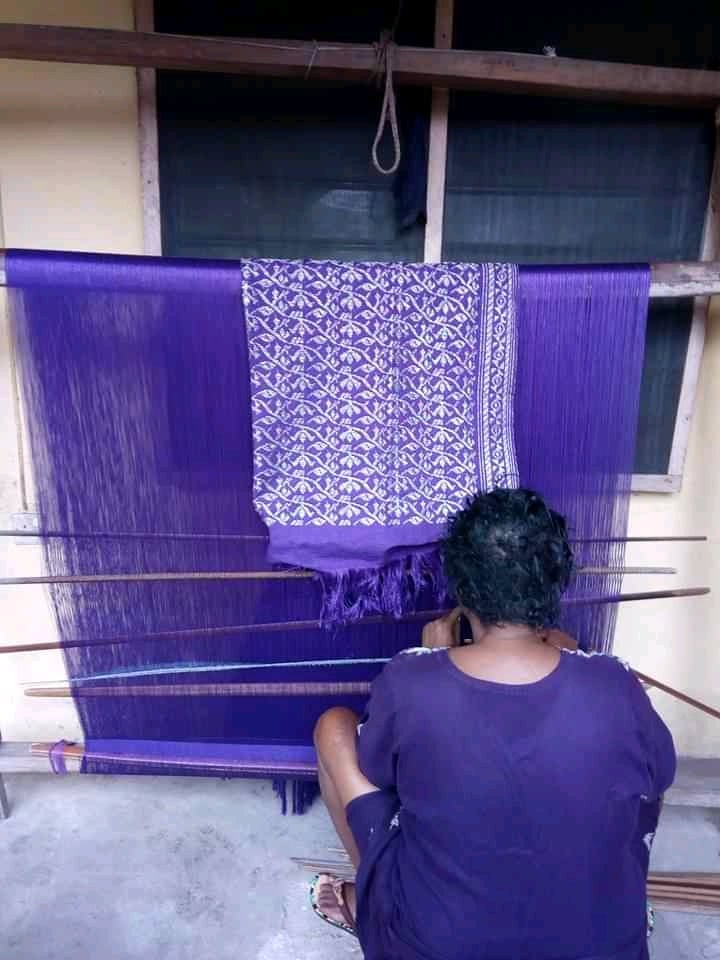
In the town’s Weaving Centre, the women often gather. As they chat, they work their skill on loom and cloth, making geometric patterns on wool and cotton, silk and sisal, and decorating them with intricate motifs. The finished cloths could be used for anything from wrappers, shirts, and garments to drapes and bedspreads, and the simple possession of them is a mark of taste.
The first Akwete weaver was a woman called Dada Nwakata, who is said to have received the gift in a dream, at the start of the 19th century. It has been suggested, though, that she studied the cloth brought by the Portuguese between the 14th and 16th centuries, adapting and improving upon the weave structures, and developing unusual designs.
Either way, Dada Nwankata had hands of magic: her work was refreshing and unique, her technique secret. To protect her designs, she is said to have spelled her loom, and they are said to have remained hidden until her death, when her friend, the only witness to her weaving, revealed her formula.
Although the weaving art is practiced throughout the Ndoki clan, and, according to a 1980 paper by Lisa Aronson, was initially known as “Akuruaku Ndoki,” it became became synonymous with Akwete because it was required learning in the town, and because its women became its chief traders and, unlike in other Ndoki towns, embraced it as a full-time profession.
By the 1890s, Akwete cloth had made its way to European museums, but it was in 1963, when the Textile Museum in Washington, D.C., held an exhibition on it, that it became recognizable in international markets. It was reportedly commissioned by then Prince Charles and the late Princess Diana in 1990.

Despite the increased exposure of Akwete cloth, its originator Dada Nwakata’s code of secrecy is honoured till this day. “It is against our culture to teach someone who is not from Akwete,” Okere explains.
Justina Ajieren, a retired weaver in her 70s, confirms. A native of Umunseke, in Ukwa West Local Government Area, Ajieren was taught the weaving when she married into Akwete. “They taught me because I showed interest,” she says. “After I learned, I also taught my children.” For 40 years, she spun, until 10 years ago when the physical exertion was no longer sustainable.
The weaving process begins with the thread: of cotton or silk, or of rayon or polyester or lurex. Cotton threads are starched, but silk, which has become the popular choice, is not; the threads are rolled and fastened to the loom as a tight interlacing, the wafts and wefts forming the fabric and colour background for designs. Traditionally, weavers used only bright colours — yellow, red, rust, brown — but with the advent of dyes and yarns, dark hues — blue, green, purple, black — became abundant.
“One person does the weaving,” Ajieren tells me. “Two people don’t weave one cloth. If it is two clothes, then they pour them in one-one and do them separately.” Depending on the weaver’s skill and speed, the production could take between four days and two weeks. And stamina is important.
Unlike in other weaving Nigerian towns like Bida, Okene, and Lokoja, where cloths are sewn together to reach wrapper size, Akwete cloth is woven as a full wrapper. It is wider at one end and longer on one side: a feature that is either deliberate or unpreventable but that cannot be reproduced by weaving machines.
Ajieren tells me that the motifs on Akwete cloth come through dreams. “We can go to sleep and it is revealed to us, the design and the name,” she says. Some of the most popular design names include “One Love,” “My Love,” “Crown,” “Festac,” and “Obidiya.”
“I bring out the sample and customers choose the one they like and I do it,” she says. “We don’t use more than one design on the cloths. Each design has its style, they don’t go along the same method — each one has how it’s started and finished.”
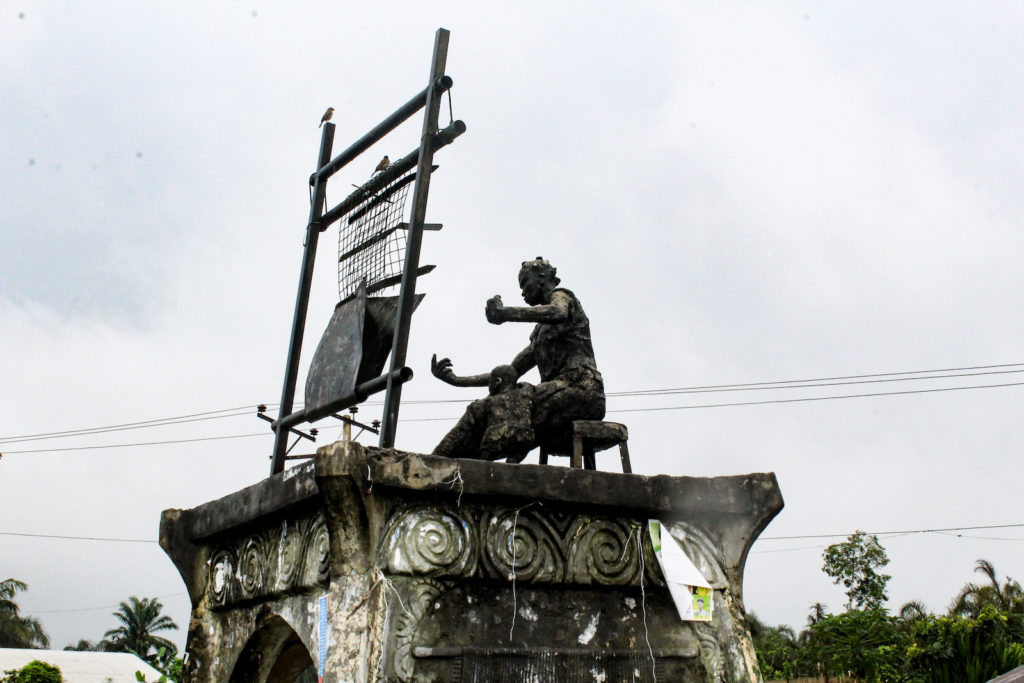
Okere’s grandmother dreamt up a design called “Akwete Brocade,” and as Okere herself peaked, she came up with another called “First Lady.” “We don’t look for designs, we just receive them,” she tells me. “There is no design we cannot make.”
The motifs and designs, automatically copyrighted, could be adapted, improvised on to make something different. That difference, Okere explains, comes down to what is known as “ahia” — designs achieved with heddles. “You know George?” she asks, referring to the lushly embroidered fabric treasured by West African women, originating in France but mostly now imported from India. “Ahia is like, on a big George, the lines on them.”
Akwete cloth is in high demand for wedding, burials, and chieftaincy ceremonies. Matching pairs go from N18,000 to N80,000. “There is hardly any festivity in Abia and Imo where they don’t ask for Akwete,” Ajieren tells me. “People doing wedding could order up to 30 or 40 pairs, with the same or different colours. They give us time and we distribute to weavers we can work with and begin work. The designs we do will not always be in the market, so they come to us.”
Outside Igboland, the biggest patrons have been the Ibani, Okrika, Kalabari, and Nembe peoples of the Niger Delta, who often specify preferred designs.
Guarded as it is, the art of Akwete weaving is passed on meticulously. “There is no Akwete woman who is lazy,” Okere says with pride. “We all teach our daughters; I am also teaching my daughter-in-law.”
She is keen to point out what sets Akwete designs apart. “They are unique,” she stresses. “Nobody else would have the one you have. If you go to events, people would ask, ‘What design is that?’ You tell them, then they come to us and we make one for them.” ♦
If you love what you just read, please consider making a PayPal donation to enable us to publish more like it.
More Stories from Folio Nigeria Via Open Country Mag
— Intissar Bashr-Kurfi Is Collecting Nylon to Save the Environment
— A 17-Year-Old’s Hyper-realistic Portraits in Charcoal
— Against Sexism, Female Photographers Push Back with Skill
— How Taaoma‘s Comedy Skits Made Her a Social Media Phenomenon
No One Covers African Literature & Nollywood Like Open Country Mag
— How Dakore Egbuson and Tony Okungbowa Traverse Trauma in YE!
— Cover Story, September 2021: Chimamanda Ngozi Adichie Is in a Different Place Now
— Cover Story, July 2021: How Teju Cole Opened a New Path in African Literature
— Writing Omo Ghetto: The Saga, Nollywood’s Highest Grossing Film of All-Time
— Country Love Depicts Tenderness in LGBTQ Lives
— Cover Story, March 2023: Rita Dominic‘s Visions of Character
— The Making of Mami Wata, Nigeria’s First Film to Premiere at Sundance
— The O. Henry Prize Series Opens to African Magazines (Exclusive)
— Binyavanga Wainaina‘s Great Scatter of Work (Exclusive)
— The Epic, Transformative Comeback of Chidi Mokeme
— Adeola Osunkojo on Directing the Romances of Love Like This

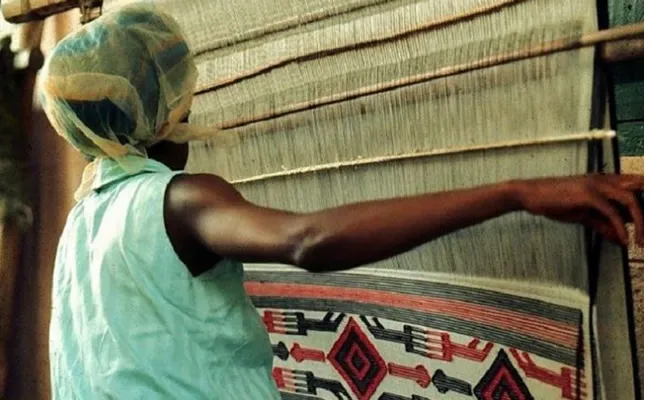
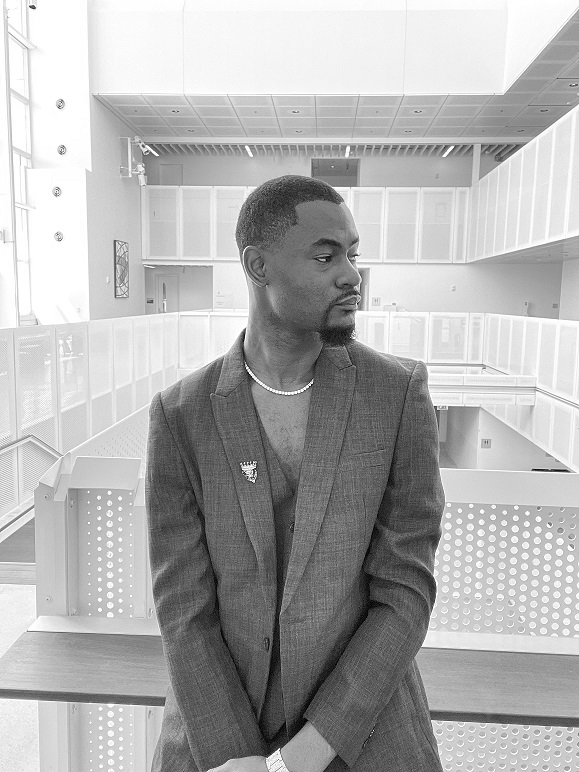
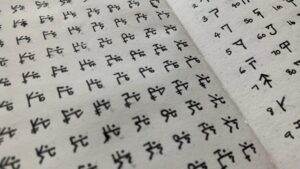
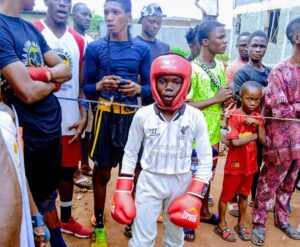

2 Responses
I need a weaver of the Akwete Fabrics for wholesale supplies.
I need weaver of Akwete